As we are all well too aware of, having kids these days seems to be synonymous with having stuff. Especially when we are new, impressionable parents, easily bamboozled by marketing messages telling us we need everything — from wipe warmers to the developmental toy du jour — or our kids will be destined for failure. But let’s forget about our kids for a minute. How is our culture of overconsumption playing out on the global field? How can we make sure we are purchasing from the right companies and staying on the right side of things? (Besides forgoing the iPotty all together, of course. iPotties!) Here to help us along is guest-poster Christine Bader, author of the much-touted The Evolution of a Corporate Idealist: When Girl Meets Oil and an expert in corporate responsibility. Welcome!
I work in corporate responsibility, which means working with companies on sustainable practices that are good for people and the environment. But I often have trouble practicing what I preach, and I know others who do this work do too. We push companies to offer sustainable products, but balk if there’s a price premium when doing our own shopping. We advocate for consumers to learn and demand more, but succumb to what’s easiest to get with one-click. Take my recent experience purchasing a rug for my 18-month-old twins. Child labor is a problem in the carpet industry, so I started on the Goodweave website for brands certified child-labor-free. Once I pinpointed those brands, I looked for online retailers that sold them, then within that search, looked for options made from with natural fibers like cotton and wool. It wasn’t easy — and I do this for a living.
So how do we cut through all the information and shop responsibly? Is local better than organic? Is “fair trade” truly fair? Does a company getting a “sustainable” or “ethical trading initiative” seal mean it’s all good? There are no easy answers — apart from consuming less, which we all could probably do — but that shouldn’t stop us from asking the questions. Once in awhile I take stock of all the stuff I’m surrounded by at that moment, ask myself what I know about each item, where it puts me on the responsible-to-over-consumption spectrum, and give myself a grade. Here’s my latest report card:
RUG
Source: notNeutral
I did end up buying one I’m happy with, a 100% wool rug from notNeutral. But I guess it has to be asked: Did we really need one at all?
Grade: A-
CRIBS
Source: MUU, started by a college friend, made in the USA with safe and sustainable materials. Postscript? The challenges of manufacturing domestically proved too great, and the company has since gone out of business. I’d welcome any advice on an alternative source here.
Grade: A
DIAPERS
From: Pampers Disposables.
With twins we didn’t think we could handle cloth diapers — parents of twins: should we reconsider? — and let’s just say that the more eco-friendly disposables were less effective at handling my kids’ “output.”
Grade: D
CLOTHES
From: Friends
I’ve bought some stuff used from thredup.com, but almost all our childrens’ clothes are hand-me-downs from other DITTs. (Double Income Toddler Twins — apparently now a thing!)
Grade: A+
FOOD (!)
Thankfully for all of us, my husband loves to cook (and lets me do so once in awhile), so my kids are full of home-cooked meals, much of it from our CSA.
Grade: A+
As for the rest of the stuff, my kids are 18 months old, so we have a little time before they start begging us for Yummy Keychains and PlayStations. Want a sense of how you’re doing? Check out resources like GoodGuide and the Business & Human Rights Resource Centre, where you can look up specific companies to see if they’re behaving, and support them if they are.
Click here for more advice on navigating the baby market responsibly; For more about The Evolution of a Corporate Idealist, visit Christine’s blog or listen to her interview with Leonard Lopate on WNYC. Thanks, Christine!
Related: How to Read a Food Label, by Michael Moss.
Toys Photo credit: LivingUndone

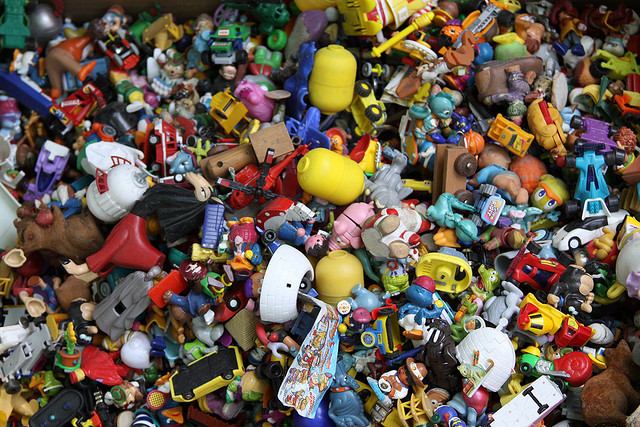
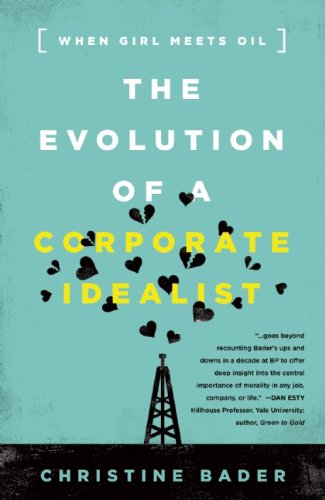
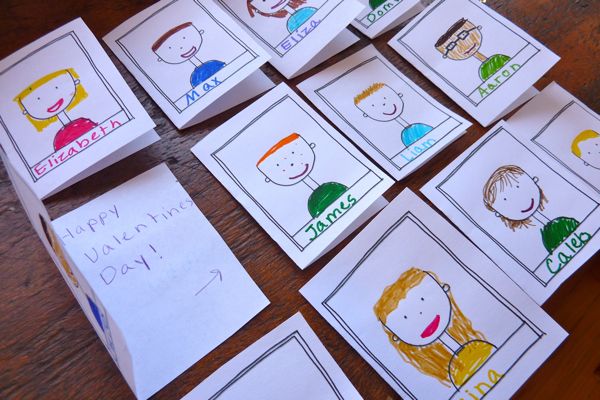

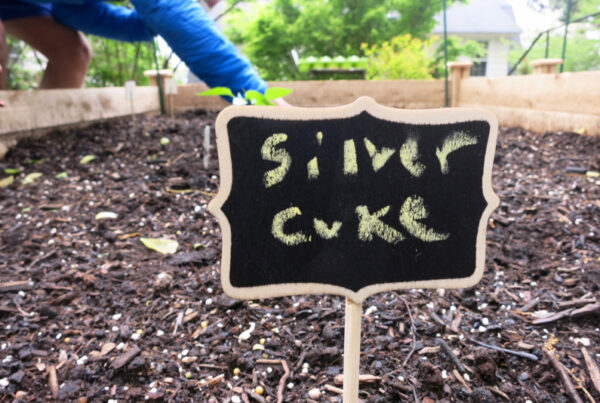
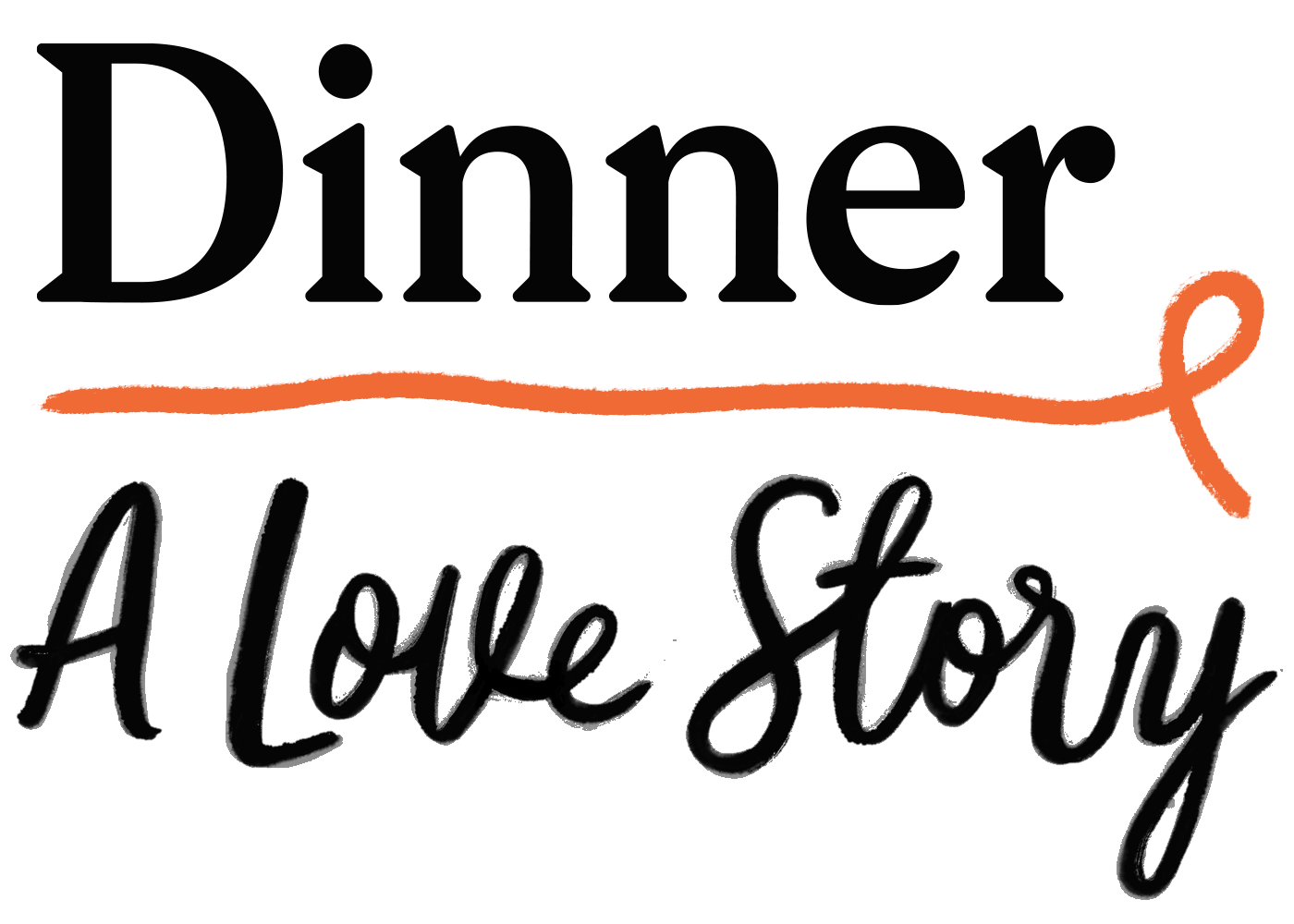
Great post! I try to be responsible as much as I can, but I know I can do better.
My husband raised twins. He says no way with cloth diapers. I think this is one of those cases where you have to just remind yourself that you do very well in other areas.
How timely – I am expecting my first baby in September, and every day my inbox is flooded with ads for the latest “can’t live without” baby gear. These items are comical at best, downright insulting at worst. (I can’t even discuss the fear-mongering fallacy that is the Snuza breathing monitor.) It is sad, but necessary, to look at everything with a degree of skepticism.
Re cloth diapers, I don’t have twins but we have found them super easy with our 15 month old and wouldn’t hesitate to use them on twins if I had them. The trick is to go simple, we use the 100% cotton prefolds from GMD (great if you are already into natural fibers). People love the pockets and all-in-ones but they are finicky, the prefolds are much cheaper, simpler, and easier on the environment (you can go 100% natural fibers if you like). It’s funny though, I was talking to a coworker about cloth diapering yesterday who said she never could have done it with her kids, it just works or doesn’t for some people. I never seem to have time to make the bed, but our diapers are always clean! To each his own 😉
I found this post so interesting. It can be very difficult to shop responsibly, I agree, but in a world where consumers cast their votes with how they spend their money, it’s so important. Over the past few months, I’ve tried to eliminate purchases from companies who test on animals. It’s a lot of research, but once I can find a good brand to trust (like Trader Joe’s), it gets a lot easier from there.
Thanks for featuring this article, DALS!
Cloth diapering twins is not impossible- it is quite easy, once one gets going… We did it! Well, at night we used disposables. And I think it also helped with potty training as they were more aware of how ‘things work’.
Thank you for the thredup.com recommendation. We have twin boys that are almost 5 and they are growing much faster than our friends that have older twin boys, so we’ve run out of hand-me-down options. I hate spending big money on their clothes when I know we are having no more children that would use them!
An article on shopping for babies that doesn’t discuss breastfeeding is incomplete. You can do without a rug and even a crib but at some point you have to decide how you’re going to feed those babies. Without a doubt, breastfeeding is the most responsible way to go from any angle.
As a mom of 17 month old twins, I have found the sustainable diaper service to be the answer! Not too expensive, and we feel great about the environment without having too much extra work ourselves. Of course, we are lucky to live in an urban environment where we have two options for services.
Love this, thanks for all the resources. Also, we used composting diaper service along with NatureBabyCare diapers for our kiddos (not twins, but heavy outputters …) and loved it. Not sure if that is just an SF Bay Area thing, but if it’s available I highly recommend! We got our crib from Pacific Rim in the northwest – made there, toxin free, and a beautiful Arts & Crafts style to boot. …
Parenthood is hard enough without being told: you must use cloth diapers (it’s so easy!), you must breastfeed (it’s so easy!), you must buy organic (it’s so easy!). meh…do the best you can. my only advice as a mother to a 6 year old is to not buy those cheapie plastic toys that entertain your kid but then take up space in your home (and are impossible to rid yourself of). [i’m looking at YOU, sleeve of dinosaurs/spacemen/pirates]
This is for when your children are older… but I’m pretty tough on the omnipresent gift bags at birthday parties. Most of the time it is plastic stuff that gets tossed in five minutes… One friend instead did a coupon to the local doughnut shop and another did a coupon to the yogurt store. Anything but plastic/throwaways! And, if you have an active “Nextdoor” site in your area, that can be a great place to find hand-me-downs as well.
Good intentions on the consumer part do not affect the economic realities and market laws, no matter how much we wished for the opposite. If fair/sustainable,etc. manufacturing makes economic sense to a business, they will do it. If they can make money doing it, they will.
Parent-targeted market is overwhelming and is a perfect example of consumerism driven behaivor. Yes, we all want the best for our kids, but how much do kids really need? It is a hot topic with me, with my fourth child being 17 months I have been craving simplified and uncluttered approach when it comes to kids toys/clothes/food, etc. I recently wrote about that on my blog. So refreshing to see there are other like-minded parents out there.